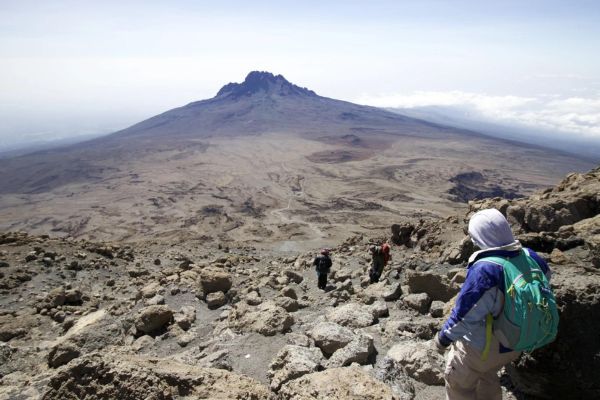Mount Kilimanjaro stands as the towering sentinel of Africa, reaching an elevation of 5,895 metres (19,340 feet). Unlike its counterparts, Kilimanjaro is an independently soaring entity soaring into the heavens – also called the Roof of Africa. Moreover, this colossal wonder, also the highest free-standing mountain rise globally, asserts its dominance as it gazes over the East African landscape.
The mountain's crown, covered with a perpetual snow cap creates a celestial spectacle. Kilimanjaro Climbing Expeditions, a work of geology and geography, invites adventurers to find out its mysteries and grasp the beauty filled in every facet of its ascent.

Kilimanjaro's topography evolves with each ascending meter. The mountain's base is covered in lush rainforests, concealing the network of flora and fauna that thrive in the lower altitudes.
Kilimanjaro, with its diverse ecosystems, mirrors the ascent through distinct climatic zones, providing a distinct journey for those seeking to conquer its heights.
The trinity of Mount Kilimanjaro Peaks includes Kibo, Mawenzi, and Shira. These points instil the mountain with a majestic silhouette.
Each peak contributes to Kilimanjaro's appeal as a stratovolcano. As climbers navigate the slopes, they bear witness to the distinct character of each peak, and realise together a narrative of nature's grand design throughout the Best Kilimanjaro Tours.
A Kilimanjaro's ascent involves a strategic choice of the Best Route to Climb Kilimanjaro, each offering a unique perspective and set of challenges.
The choice of Kilimanjaro Climbing Routes shapes the climber's experience and adds layers to Mount Kilimanjaro Climbing Tours.
Understanding the optimal season is key to a successful ascent when setting out to conquer Kilimanjaro’s staggering heights.
Choosing the right window ensures not only a safer ascent but also a more immersive experience. This, in turn, allows climbers to take in the full range of Kilimanjaro's diverse landscapes.
"We believe in better travel. The kind that empowers local communities, combats over-tourism, and helps the world’s wildest places stay that way. We’re about the type of trips founded on knowledge you won’t get from Google, and experiences that stay with you – for all the best reasons. It’s travel you can feel good about. And it’s travel that’s all about you. "



The optimal periods for the Best Time of Year to Climb Kilimanjaro are June to October and January to March, offering stable weather and clear skies.
The minimum age for taking part in a Kilimanjaro Trek is 10 years. Children under the age of 10 aren’t permitted to climb past 3,100 metres because of high-altitude environments.
Gradual ascents, staying hydrated, and allowing time for acclimatization stops are essential strategies for Training to Climb Kilimanjaro.
Key items of the Gear List for Climbing Mount Kilimanjaro include sturdy boots, layered clothing, a quality backpack, and a reliable sleeping bag.
Yes, permits are mandatory for Mount Kilimanjaro Climbing. Hikers are advised to obtain them through authorized agencies well in advance.
While Climbing Kilimanjaro Solo is indeed a possibility, joining a group is often recommended for safety and shared experiences.
Our commitment to exceptional stays goes hand in hand with cultivating strategic partnerships. We take pride in collaborating with a select network of accommodation providers, certifying that our travelers experience comfort, uniqueness, and excellence.